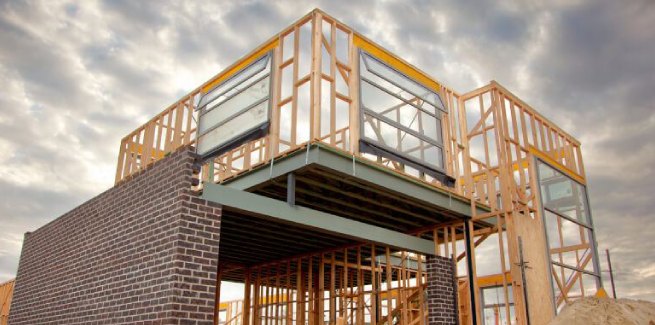The Australian Bureau of Statistics (ABS) has published its latest Building Approvals data, reporting a 4.9 per cent decline (seasonally adjusted) in the number of dwellings approved in June.
The monthly result was driven by a 5.7 per cent fall in detached housing approvals and a 5.3 per cent slide in unit approvals.
On a state-by-state basis, NSW recorded the sharpest decline (14.8 per cent), followed by Western Australia (11.7 per cent), Queensland (10.9 per cent), Tasmania (10.8 per cent), South Australia (4.6 per cent), and Victoria (0.2 per cent) also declined.
According to ANZ Research, the COVID-19 crisis has “taken its toll” on the residential construction sector.
“Compared with February, monthly building approvals are down 22.9 per cent, including a 6.9 per cent decline in house approvals and a 42.9 per cent decline in units,” the research group noted.
ANZ Research expects building approvals to continue falling over the coming months, but noted that the federal government’s HomeBuilder package would help offset the downturn.
Housing Industry Association (HIA) senior economist Geordan Murray added that the stimulatory impact of the HomeBuilder package would not be reflected in the building approvals data until the back end of 2020.
But Mr Murray pointed to HIA research, which found that the HomeBuilder package helped spur an increase of almost 80 per cent in new home sales over the month of June following a record-low result in May.
“HIA anticipates building approvals data will continue to fall for a number of months, before HomeBuilder halts the decline,” he said.
“HIA’s New Home Sales Survey showed an immediate lift in sales during June and early signs suggest July was another strong month for sales.
“Progressing a building project to the point where the building plans are approved takes time. The lift in sales following the announcement of HomeBuilder will become evident in approvals data later in the year.”
Appearing before a Senate hearing to discuss the economic response to the COVID-19 crisis on Thursday (30 July), Treasury's deputy secretary, macroeconomic group, Luke Yeaman, said the HomeBuilder package has helped reverse a sharp slide in construction activity.
“We did see over the last few months quite a significant increase in the number of people that have previously been in the process of purchasing a home or were in the contract phase and had then withdrawn,” he said.
“I think it was close to around 30 per cent, which was substantially higher than what we saw, even through the GFC.
“To the extent that this scheme locks people who were going to proceed but otherwise have pulled out or it brings forward activity from those [who] were thinking of purchasing in a year’s time to take advantage of the scheme, we would see that as a positive outcome for the economic outlook in the short term to maintain that construction pipeline and the jobs pipeline.”
In minutes released from its July monetary policy board meeting, the Reserve Bank of Australia (RBA) also acknowledged the impact of the HomeBuilder program.
“Liaison contacts had indicated that the recently announced HomeBuilder package had provided a boost to buyer interest in the detached housing market, but less so for apartments,” the RBA stated.
[Related: NSW temporarily extends stamp duty relief to FHBs]
 ;
;
